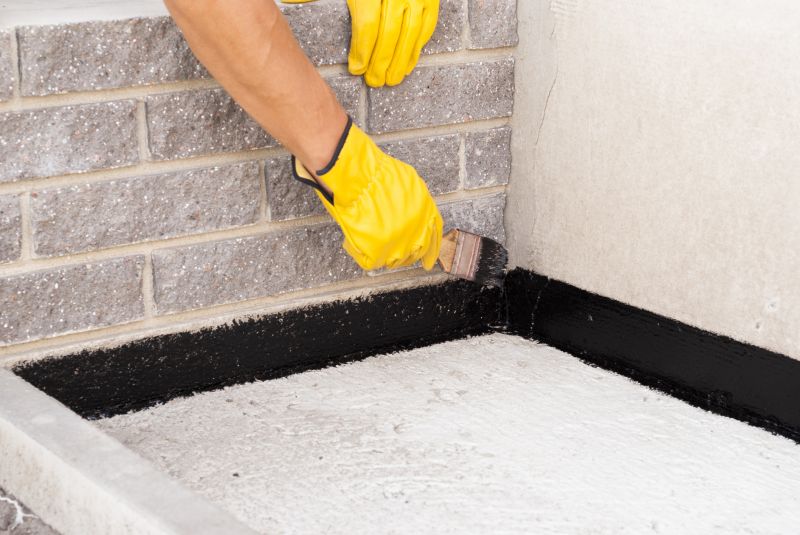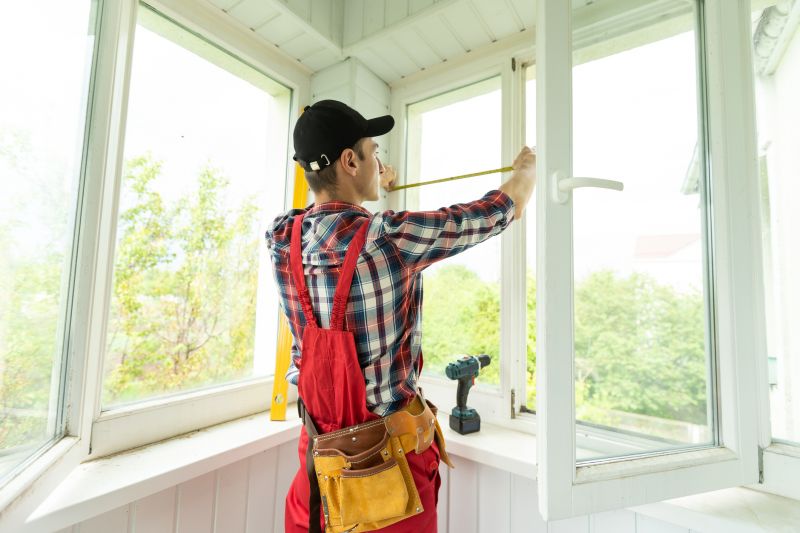Optimal Timing for Waterproofing Projects
Proper timing for waterproofing projects is essential to ensure long-lasting protection. Weather conditions, temperature, and humidity levels significantly influence the effectiveness of waterproofing applications. Typically, the optimal period for waterproofing is during dry, mild weather to allow materials to cure properly and adhere effectively.
Spring offers moderate temperatures and less rainfall, making it suitable for waterproofing projects before summer.
Summer provides warm conditions, but high humidity and rain can interfere with curing processes, requiring careful planning.
Fall typically has cooler, dry weather, ideal for waterproofing before winter sets in.
Winter is generally unsuitable due to low temperatures, snow, and freezing conditions that hinder proper application.

Ways to make Waterproofings work in tight or awkward layouts.

Popular materials for Waterproofings and why they hold up over time.

Simple add-ons that improve Waterproofings without blowing the budget.

High-end options that actually feel worth it for Waterproofings.

Finishes and colors that play nicely with Waterproofings.

Little measurements that prevent headaches on Waterproofings day.

A 60-second routine that keeps Waterproofings looking new.

A frequent mistake in Waterproofings and how to dodge it.

Small tweaks to make Waterproofings safer and easier to use.
| Season | Recommended Conditions |
|---|---|
| Spring | Dry, mild weather with temperatures between 50°F and 75°F |
| Summer | Warm temperatures with low humidity; avoid heavy rain |
| Fall | Cool, dry conditions ideal for application |
| Winter | Low temperatures and freezing conditions make waterproofing unsuitable |
Waterproofings are essential for protecting structures from water intrusion, preventing damage to foundations, walls, and roofs. They involve applying specialized materials that create a barrier against moisture penetration. Effective waterproofing extends the lifespan of buildings and reduces maintenance costs. According to industry statistics, proper waterproofing can prevent up to 70% of water-related damages, saving significant repair expenses over time.
Selecting the right time for waterproofing ensures optimal adhesion and curing of materials. Weather conditions such as rain, humidity, and temperature fluctuations directly impact the performance of waterproofing systems. Proper planning around seasonal weather patterns can enhance durability and effectiveness, providing long-term protection for residential and commercial structures.

Lower-waste or water-saving choices for Waterproofings.

The short, realistic tool list for quality Waterproofings.

Rough timing from prep to clean-up for Waterproofings.

Quick checks and paperwork to keep after Waterproofings.
Interested in waterproofing services? Filling out the contact form can provide more information about available options and scheduling. Proper timing and application techniques are crucial for ensuring the longevity and effectiveness of waterproofing systems, making expert consultation highly recommended.

